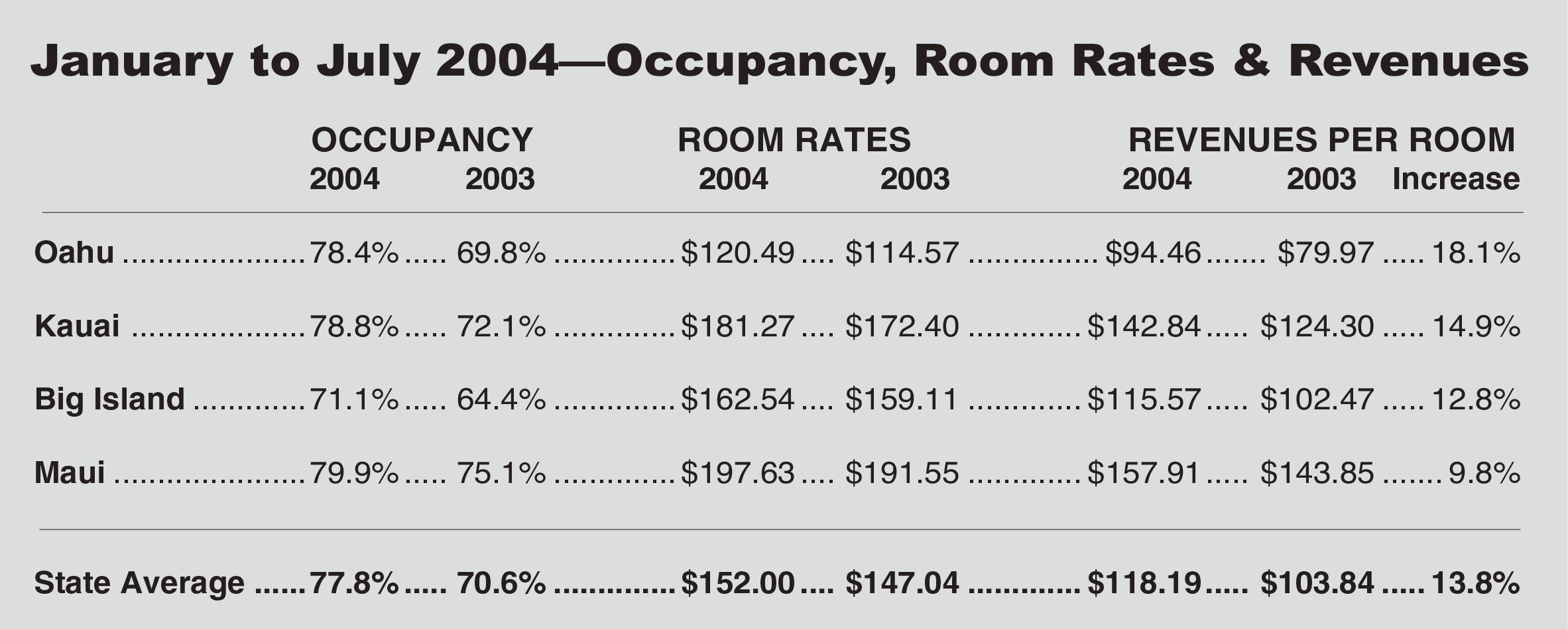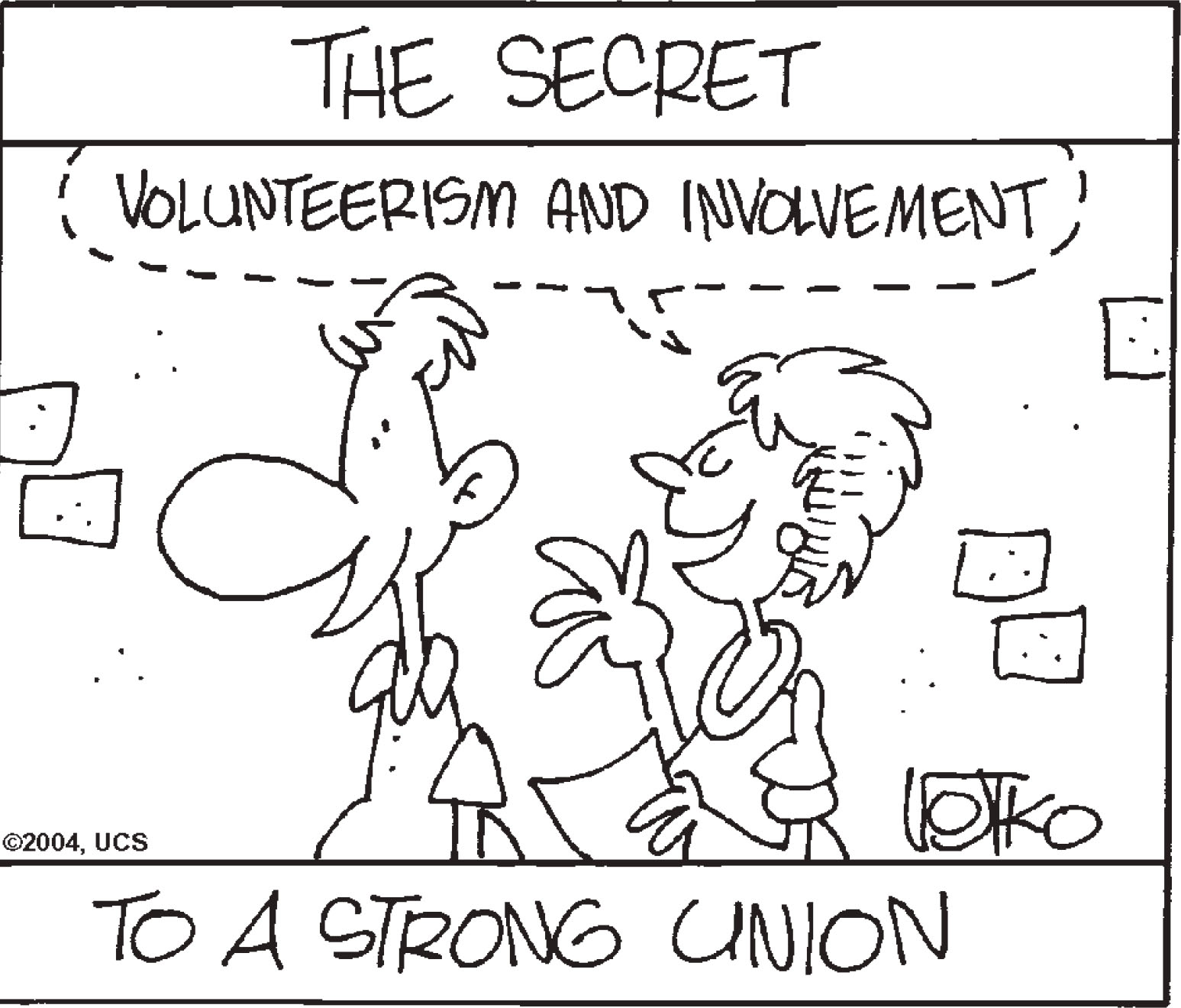“Best July ever.” “Strong growth in visitor arrivals.” “Continue to break all records.” These glowing words were used by the State’s Department of Business, Economic Development and Tourism to describe Hawaii’s latest visitor numbers in a press release on August 25, 2004.

These words must sound very strange to tourism workers on Lanai and Molokai where the industry continues to suffer big
losses in visitor arrivals and spending. From January to July 2004, visitor spending was down by 12.8% for Lanai and 14.8% for Molokai. Arrivals were down an average of 24.6% for the two islands, but those visitors who did come spent much more
money.

Workers on the Big Island and Maui might also question these glowing words as visitor numbers for their islands were only
slightly better than last year.
It would have been more accurate for the state to report that visitor numbers were mixed. They were very good for Oahu
and Kauai, terrible for Lanai and Molokai, and slightly better for the Big Island and Maui.
Kauai did well
Kauai did the best in the state with a 17.8% increase in visitor revenues for January to July 2004 when compared with the same period last year. There were more visitors to Kauai, they stayed longer and spent more money.
Oahu had a 12.1% increase in visitor revenues. Their visitors spent a little more money per day then last year, but they stayed
fewer days.
The Big Island had a modest increase of 3.6% in visitor revenues. Like Oahu. visitors to the Big Island spent a little more
money per day but stayed fewer days.
Maui had a small increase of 1.0% in visitor revenues. Their visitors stayed the same number of days but spent slightly less
money per day.
Revenues for Lanai were down by 12.8%. There was a 24.4% drop in visitor arrivals, they stayed slightly less days, but they
spent almost 18% more per day than last year.
Molokai revenues were down by 14.8%. Arrivals were down by 24.8% but they stayed much longer and visitors spent a little
more money per day.
Hotels did best on Oahu
Revenues per available room increased by 18.1% on Oahu for the period from January to June 2004 when compared with the
same period in 2003. Revenues per room increased by 14.9% on Kauai, 12.8% for the Big Island, and 9.8% for Maui. Data on room revenues were not reported for Lanai and Molokai. ◆
Port security—continued from page 3
ordered the company to inspect the remaining unloaded containers.
Following the incident, ILWU Locals 13, 63 and 91 called on the Pacific Maritime Association (PMA) to implement four procedures to correct the problem: 1) Inspect all containers at the terminal gates, including empties; 2) Separate containers with questionable documentation for more thorough inspection; 3) Implement evacuation plans for every port; and 4) Begin regular security drills.
The PMA has agreed to begin security drills and work on evacuation plans, but are stalling on the inspection and separation of
containers, because of the cost.
The Coast Guard estimates as much as $1.4 billion would be needed to implement many of the required security measures, but
the Bush Administration has budgeted a mere $47 million, a tiny fraction of what is needed. The lack of funds means the Coast Guard must do what it can with limited resources and staffing.
Safety a priority
Real port security and the safety of longshore workers and the surrounding communities remain a high priority for the ILWU. The union has rank and file members serving as safety directors in many ports. In some areas, these safety directors have conducted their own survey of safety and security conditions at various terminals and are working with the Coast Guard to correct problems. ◆

